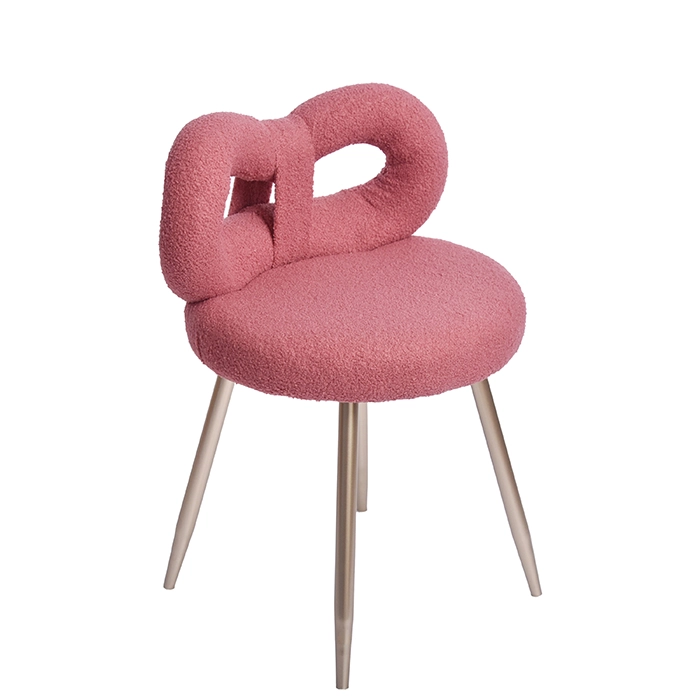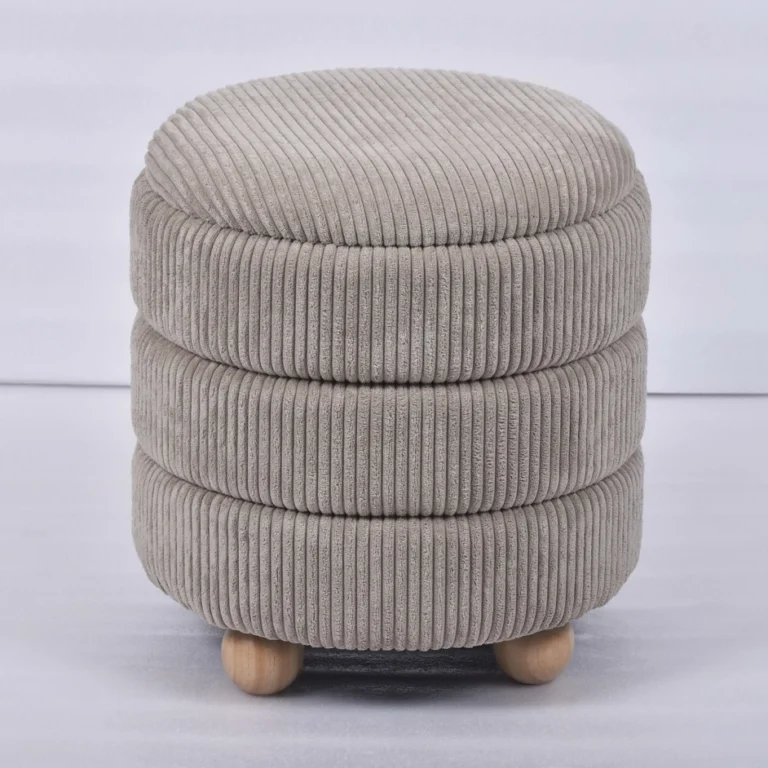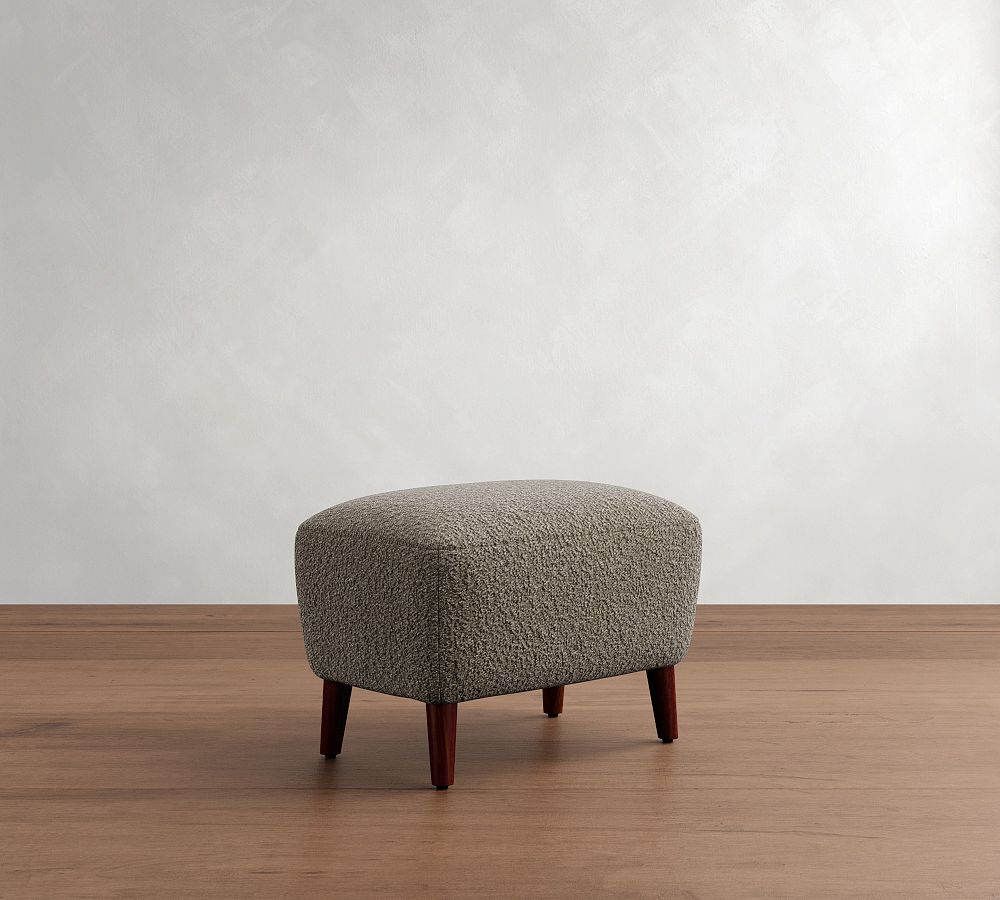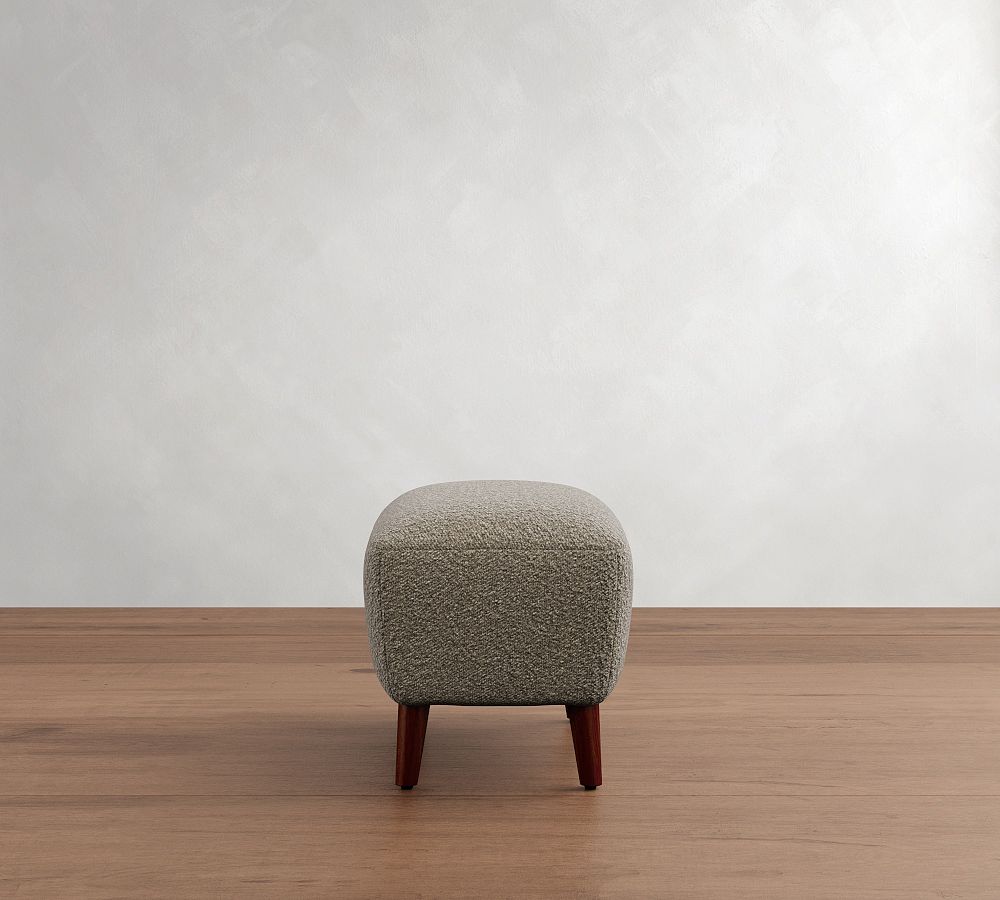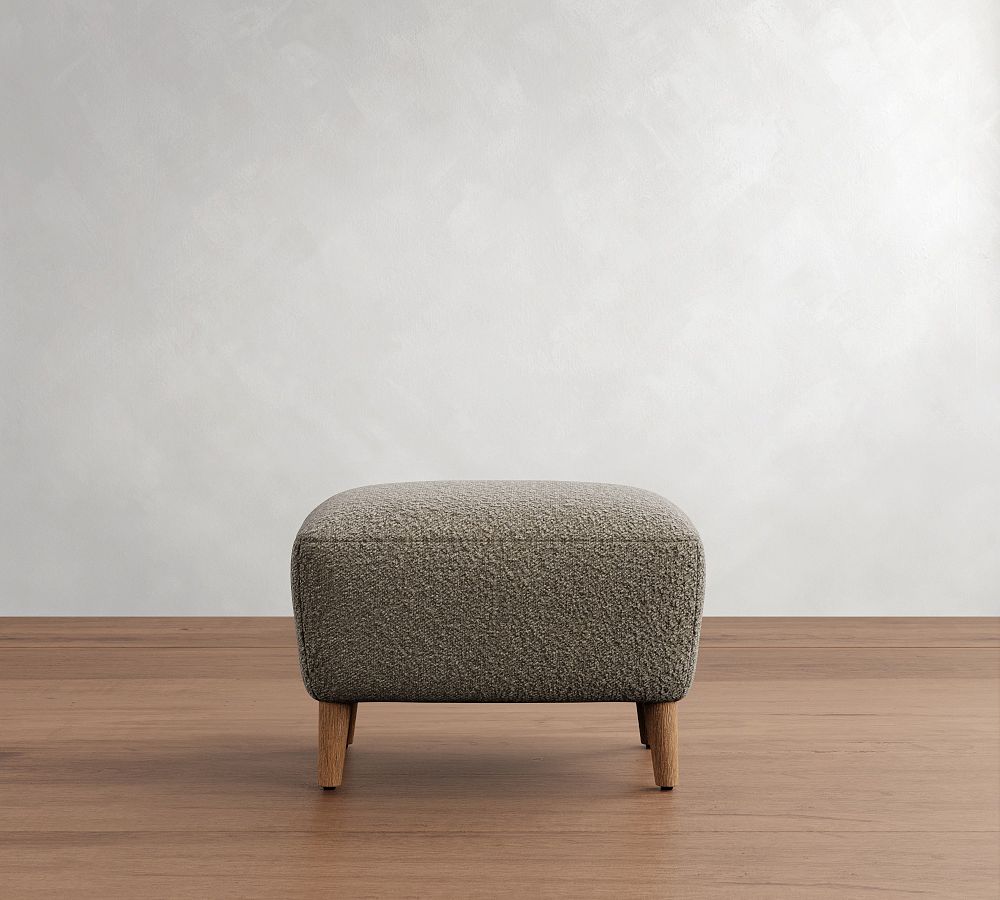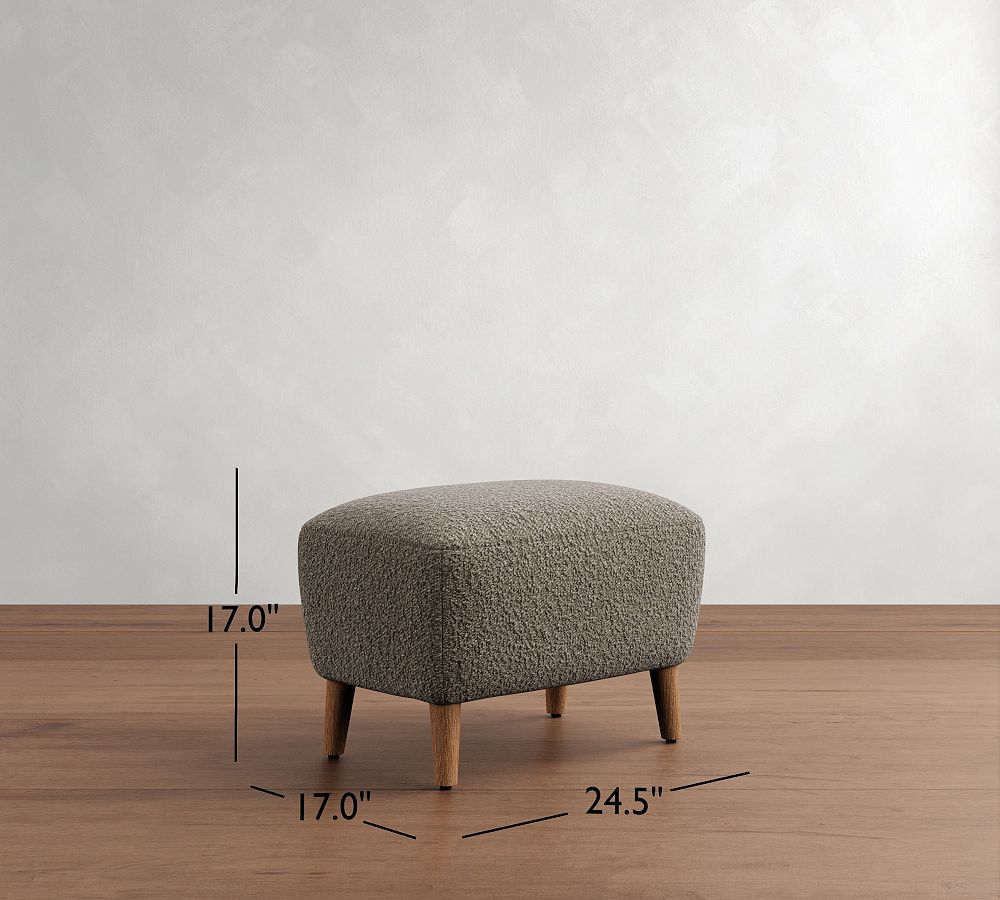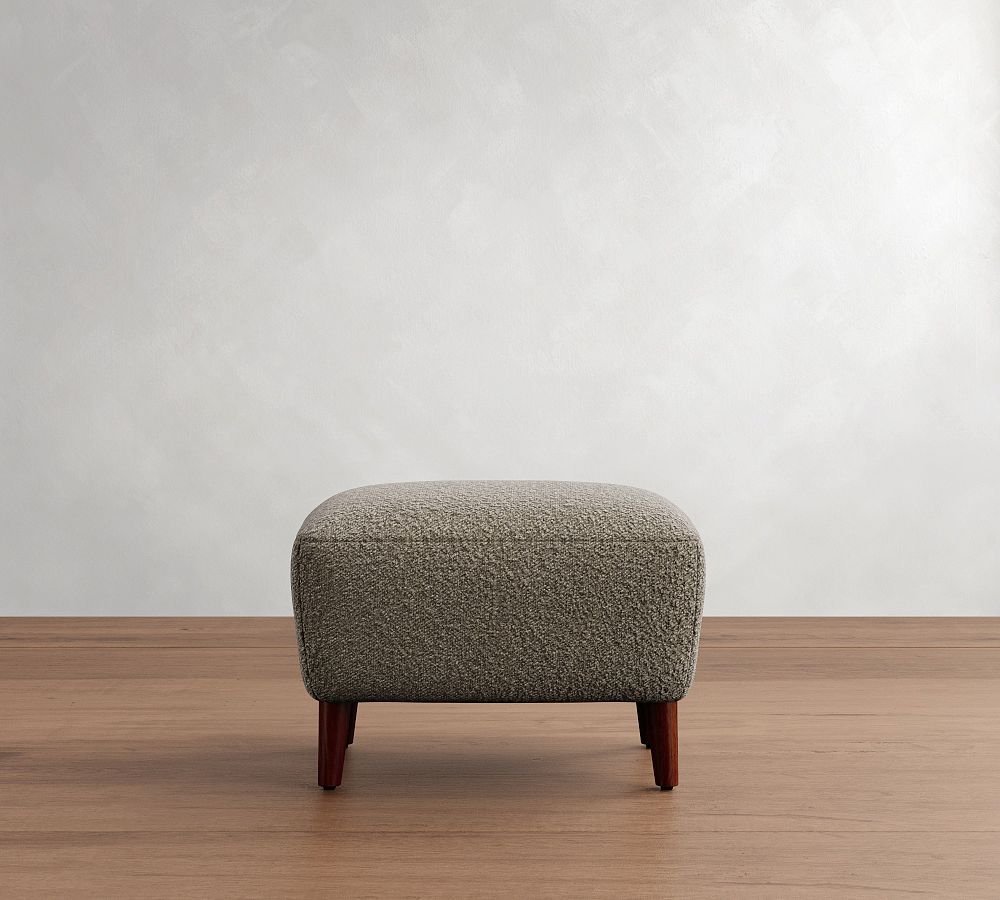Grayish brown ottoman
The Appeal of a Grayish Brown Ottoman
-
Ultimate Versatility: It’s arguably one of the most flexible neutral colors. It bridges the gap between cool gray tones and warm brown tones, allowing it to match almost any color palette.
-
Hides Wear and Tear: Unlike a pure light gray or cream, a grayish-brown tone is excellent at concealing minor dirt, dust, and everyday use, making it practical for high-traffic areas.
-
Feels Warm and Inviting: While gray can sometimes feel cold, the infusion of brown adds warmth and a cozy, earthy feel to a room.
-
Serves as a Neutral Anchor: It can act as a foundational piece in your room’s design without competing with other elements, allowing your artwork, rugs, or accent chairs to pop.
Design Styles It Works With
This color is a chameleon and fits seamlessly into:
-
Modern Farmhouse: Pair with white shiplap, rustic wood tones, and black metal accents.
-
Scandinavian: Combine with light woods, white walls, textured throws, and minimalist decor.
-
Mid-Century Modern: Looks great with teak wood, mustard yellow, olive green, and clean lines.
-
Transitional: Bridges traditional and contemporary styles perfectly.
-
Industrial: Complements concrete floors, exposed brick, and black leather.
How to Style a Grayish Brown Ottoman
Your ottoman can be a footrest, coffee table, or extra seating. Here’s how to incorporate it:
1. Choose Your Undertone:
-
If it leans warm (more brown), pair it with other warm elements: cream walls, terracotta, gold accents, and warm wood tones like oak or walnut.
-
If it leans cool (more gray), pair it with cool elements: crisp white walls, navy blue, silver accents, and sleek metals like chrome or nickel.
2. Create a Cohesive Color Palette:
-
Monochromatic: Layer different textures in similar tones (e.g., a chunky knit blanket, a smooth ceramic vase).
-
Complementary Colors:
-
Sage Green & Blush Pink: Creates a soft, serene, and modern look.
-
Navy Blue & Cream: Offers a classic, high-contrast combination.
-
Mustard Yellow or Terracotta: Adds a vibrant pop of warm energy.
-
Black and White: For a crisp, graphic, and timeless style.
-
3. Material and Texture Pairings:
-
Wood: Light oak, dark walnut, or weathered wood all work beautifully.
-
Metal: Black iron for industrial, brass or gold for glam, and chrome for modern.
-
Textiles: Add contrast with a nubby wool throw, linen pillows, or a soft faux sheepskin rug.
4. As a Focal Point or Supporting Actor:
-
If your ottoman has interesting details (like tufting, hairpin legs, or a unique shape), let it be the star and keep other elements simpler.
-
If it’s a simple, solid piece, use it to support a more dramatic sofa or a vibrant piece of art.
In short, a grayish brown ottoman is a smart, stylish, and practical choice that offers immense decorating flexibility. It’s a workhorse piece you won’t regret investing in.
Construction
- Removable, tapered, solid rubberwood legs are finished in Brindle or Seadrift.
- Fixed cushion.
- Polyester wrapped cushion provides a firmer feel.
- Expertly crafted rubberwood frame provides exceptional structural integrity.
- No-sag steel, sinuous springs provide cushion support.
- Kiln-dried wood helps prevent warping, splitting, cracking and developing mildew.
Quality
- UL GREENGUARD Gold Certified. This low-emitting product has been screened for over 15,000 chemicals and VOCs to contribute to cleaner indoor air and keep you and your family safer.
- Imported.
Care
- Vacuum cushions regularly.
- To prevent fading, keep fabric out of direct sunlight.
- Blot spills immediately with a clean colorfast towel or sponge.
Assembly
- White Glove Service: Items are delivered to your room of choice by appointment, then unpacked and fully assembled by a skilled two-person team. Includes packaging removal and recycling. Fee varies by location and order total.
